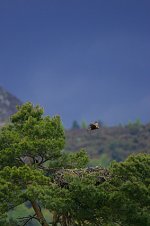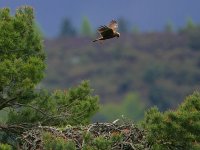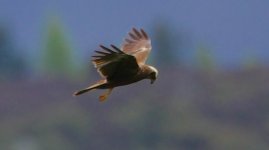Just a further thought. It you look at the postings of "Anonymous Guy" you will see he mostly uses an 80-200/2.8 but has a small tent that he sets up in appropriate sites. He gets very close with the tecnique. Try this with the gear you've got and you'd be amazed at the quality of the 80-400 at 3 meters.Neil.
-
Welcome to BirdForum, the internet's largest birding community with thousands of members from all over the world. The forums are dedicated to wild birds, birding, binoculars and equipment and all that goes with it.
Please register for an account to take part in the discussions in the forum, post your pictures in the gallery and more.
20d - vs. - 1d mark2 N (1 Viewer)
- Thread starter birder
- Start date






